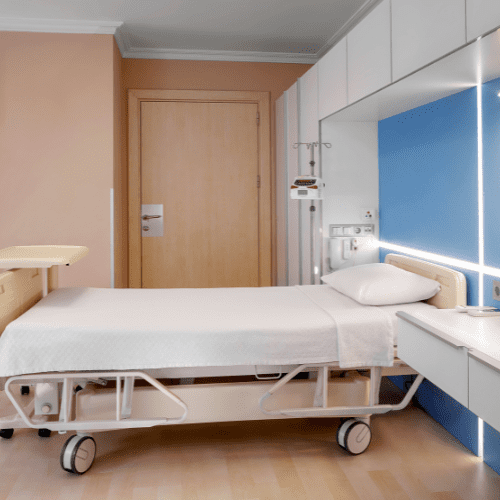In recent years, awareness surrounding gender-based violence (GBV) has surged, prompting a critical examination of the care systems available to survivors. Public hospitals play a crucial role in providing immediate medical attention and psychological support to those affected by GBV. However, the adequacy of these facilities is often called into question. This article aims to assess current public hospital infrastructure dedicated to GBV care and explore ways to enhance these systems to better support survivors.
Assessing Public Hospital Facilities for Gender-Based Violence Care
Public hospitals serve as a first point of contact for many survivors of gender-based violence. These facilities are supposed to provide not only medical treatment but also emotional support and legal guidance. However, the adequacy of this care is often hampered by systemic challenges, including inadequate training for healthcare professionals and a lack of dedicated spaces for private consultations. Many hospitals are still not equipped with the necessary protocols to address GBV effectively, leading to a fragmented approach that can further traumatize survivors.
The physical layout of hospital facilities is also a significant concern. In many cases, the examination rooms are not designed with survivors’ needs in mind, failing to provide a private, safe environment where they can disclose their experiences. This can discourage individuals from seeking help, as the fear of being judged or not believed looms large. Additionally, the presence of signs and pamphlets specifically addressing GBV can be minimal, meaning that potential survivors may not even know that support is available.
Furthermore, public hospitals often face resource constraints, impacting their ability to offer comprehensive care. Understaffed emergency rooms can lead to long waiting times, making it difficult for survivors to receive timely medical attention. The absence of a dedicated multidisciplinary team—including social workers, psychologists, and legal advocates—can limit the scope of care offered, leaving survivors with unmet needs that extend beyond physical health.
Enhancing Infrastructure to Support Survivors of Violence
To improve care for survivors of gender-based violence, significant investments in infrastructure are essential. This includes creating designated areas within hospitals for the treatment of GBV victims, where privacy and comfort are prioritized. Such spaces should be equipped with trauma-informed care protocols that enable staff to approach each case with sensitivity and understanding. Training healthcare professionals in these protocols can foster a culture of empathy and respect, making it easier for survivors to disclose their experiences.
In addition, public hospitals should adopt a more comprehensive model of care that integrates physical, emotional, and legal support. Establishing partnerships with local NGOs and community organizations can help create a holistic support system for survivors. These external partners can provide counseling services and legal advocacy, ensuring that survivors are not only treated medically but also guided through the next steps in their healing process. Collaborative efforts can enhance the overall efficacy of GBV care and create a community of support for those affected.
Finally, public awareness campaigns are vital for improving the infrastructure around GBV care. Hospitals can serve as information hubs that educate the public about available resources while destigmatizing the issue of gender-based violence. By fostering an environment where individuals feel safe seeking help, public hospitals can play a pivotal role in changing societal perceptions and encouraging survivors to come forward for the assistance they need.
Addressing gender-based violence requires a multifaceted approach, and public hospitals are at the forefront of this battle. By assessing current infrastructure and prioritizing enhancements to support survivors, we can create a more compassionate healthcare environment that acknowledges the unique challenges faced by those affected by GBV. Investing in specialized care, training, and community partnerships will not only improve the quality of support available but also help to break the cycle of violence by empowering survivors to reclaim their lives.




